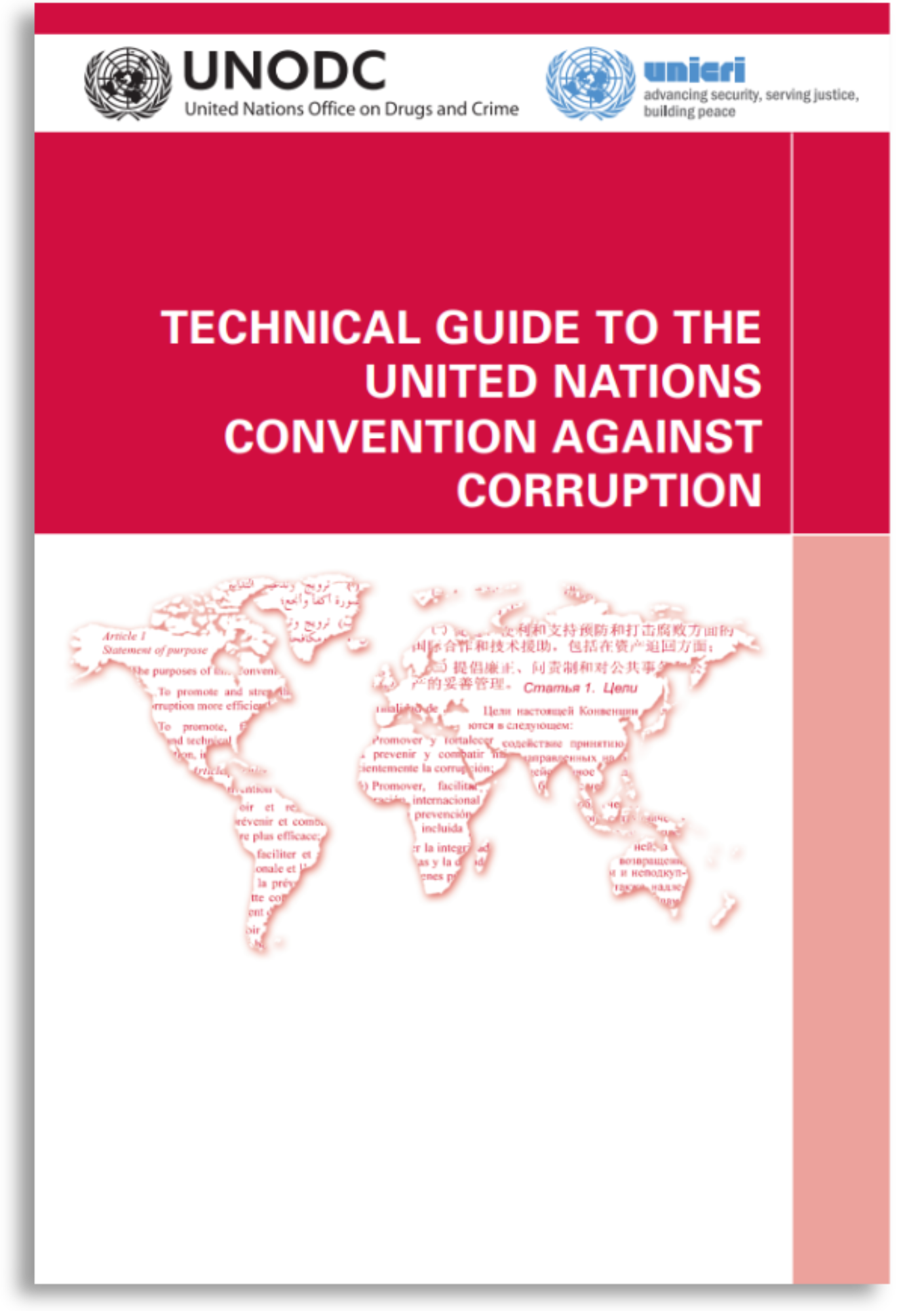
The United Nations Convention against Corruption (UNCAC) is the only legally binding universal anti-corruption instrument. It was drafted and negotiated in Vienna, Austria in 2002-2003 and subsequently adopted by the United Nations General Assembly on 31 October 2003.
The adoption of the Convention represents a historic milestone as it reflects a shared commitment by countries to fight corruption. What makes the Convention unique is its comprehensive approach to tackling corruption, emphasizing the importance of preventive measures, criminalization and law enforcement, international cooperation and asset recovery.
The Convention plays a pivotal role in uniting countries against corruption and fostering effective international cooperation. Today, this landmark anti-corruption instrument enjoys near universal adherence. At the national level, the Convention has been instrumental in fostering numerous impactful anti-corruption reforms, prompting important changes to legislative and institutional frameworks while strengthening international cooperation in cross-border cases and asset recovery. The Convention also serves as a crucial tool driving the 2030 Agenda and the Sustainable Development Goals forward, addressing the pervasive effects of corruption on all core values and principles of the United Nations.
The Convention's far-reaching approach and the mandatory character of many of its provisions make it a unique instrument for developing comprehensive responses to corruption at the national, regional and global levels.

UNODC, 2009
The objective of the Guide is to lay out a range of policy options and considerations that each State Party needs, or may wish, to take into account in national efforts geared towards implementation of the Convention.

UNODC, 2012
The objective of the legislative guide is to assist States seeking to ratify and implement the Convention by identifying legislative requirements and various options available to States as they develop and draft the necessary legislation.
Recognizing the complexity of corruption, the United Nations Convention against Corruption adopts a comprehensive approach to preventing and combating this threat. The approach entails five inter-connected pillars, each representing a different aspect of the fight against corruption and each having a dedicated chapter in the Convention:
Chapter II
Chapter III
Chapter IV
Chapter V
Chapter VI